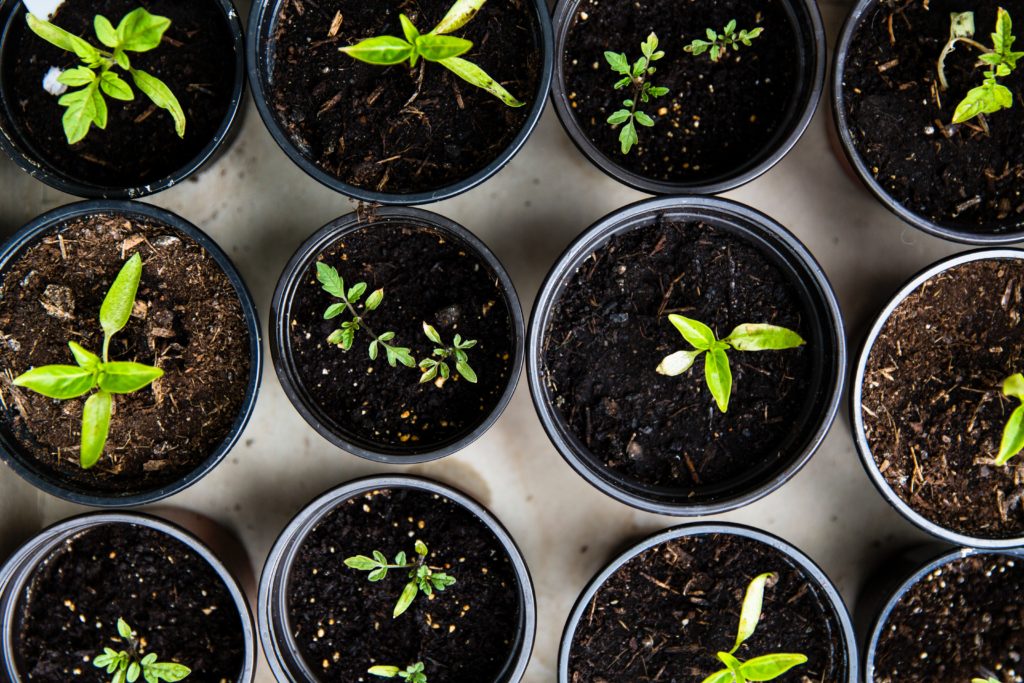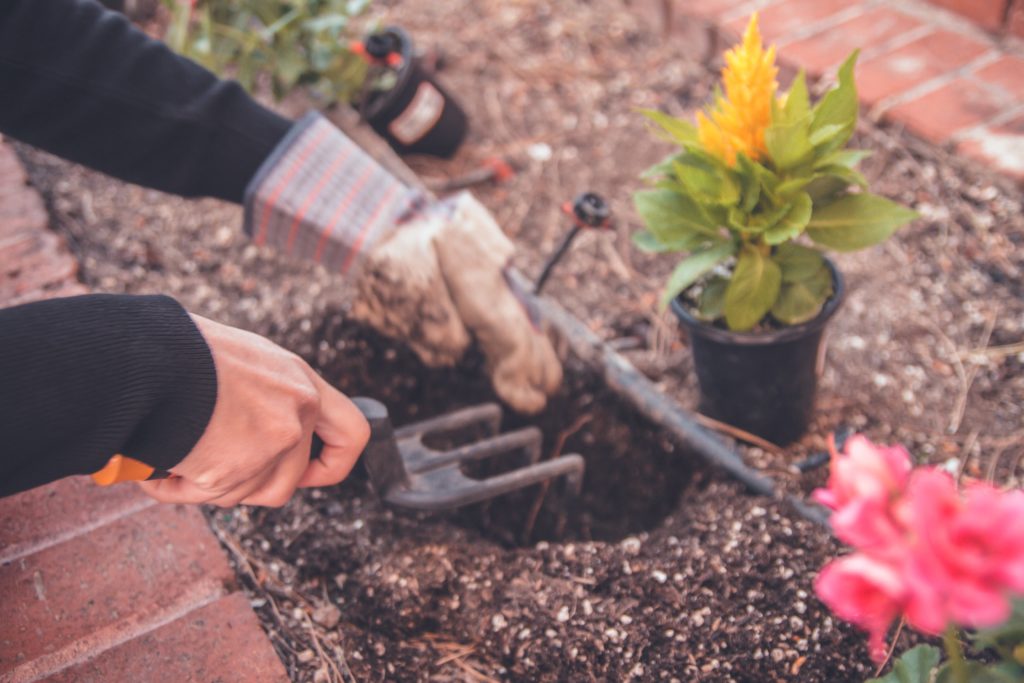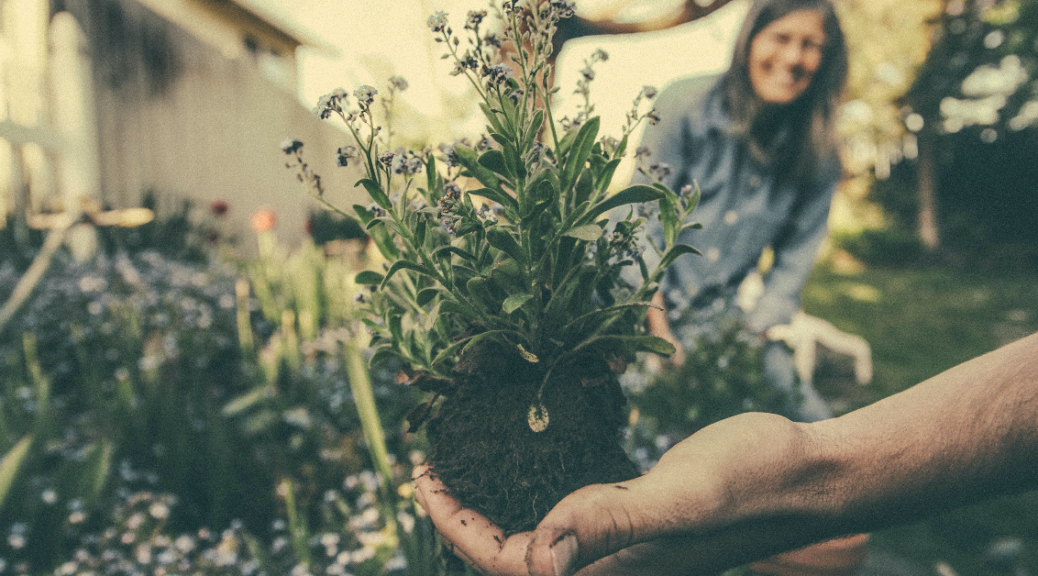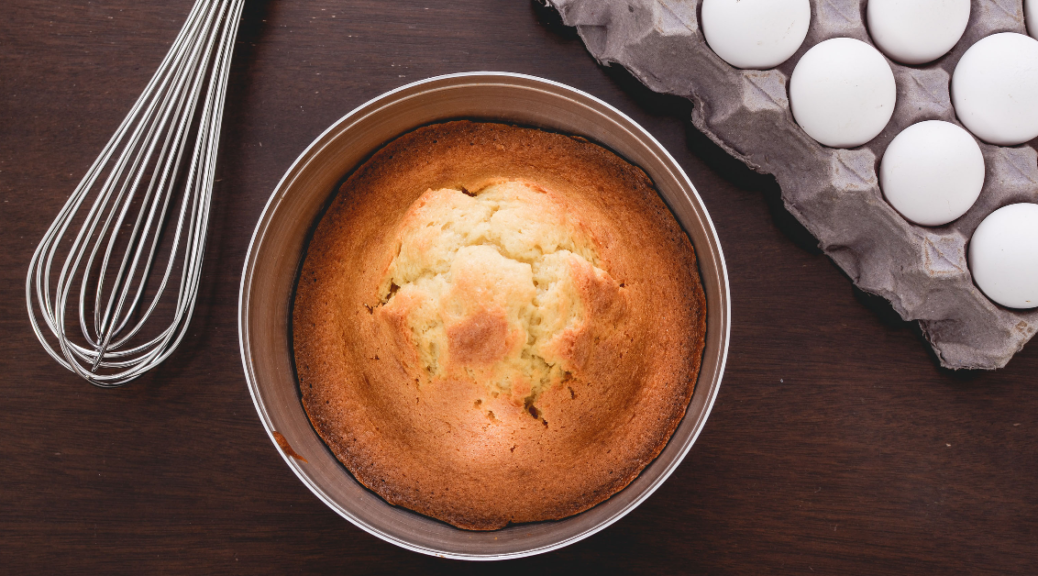By Sarah Selke
Edited by Natalie Grace Sipula
[3 minute read]
Over the past few weeks, which have consisted of staying primarily at home, I – like many others – have taken up a new hobby. I have attempted to acquire a green thumb. After ordering several beefsteak tomatoes, some marigolds, and a couple of eggplants from a local garden center, I began tending to my plants on a near daily basis. Within just a week, the tomato plants proved to be a success with dozens of flowers and green fruit hanging on their branches. The eggplants in the corner were sprouting large leaves and appeared to be developing at a rapid rate. The marigolds planted next to the two harvestable plants not only gave the vegetable bed a lovely splash of color but were also meant to aid in the tomatoes’ growth. Everything seemed to be going as planned.
One morning, I noticed two marigolds missing from the garden. Upon closer inspection, I realized that not only had the flowers been consumed, their entire roots had been dragged out of the soil. In addition, several large holes had appeared in the eggplants’ leaves. Perplexed by the source of this destruction, I began looking online for answers. While the marigolds had to have been uprooted by a rather large animal, the holes in the eggplant leaves suggested that they had been eaten by slugs. This required two rather complicated solutions in order to prevent further attacks on the garden. One of these was to build a wired fence around the entire vegetable bed; the other was to place small cans of essential oil mixtures next to the eggplants in order to repel the slugs.

As it turns out, getting rid of the slugs was not a terribly difficult task, as many of them were later found in the oil mixtures. However, building a fence was a more tedious job, which required numerous attempts to complete. Once finally finished, I was quite confident that my vegetables and marigolds were now safe. Nevertheless, the next morning I was in for yet another surprise. All the remaining marigolds as well as one of the eggplants had been completely eaten. Utterly clueless as to the cause of my garden’s demolition, I scavenged the internet once again for answers. Eventually, I came to the conclusion that gophers were responsible for eating most of the plants. Unfortunately, they are much harder to get rid of, and of course there was hardly anything left for them to consume. After digging around, I discovered a large hole near where the marigolds had once been and flooded it with water and cotton balls that had been soaked in peppermint oil. Although in retrospect it is hard to say whether this would have worked in repelling them from my plants, at least there has been no further damage to the tomatoes.
Ultimately, while gardening may seem like a rather simple and relaxing hobby to pick up, it can be quite demanding if one is unaware of potential obstacles. Perhaps the easiest thing to grow for beginner gardeners are alliums, which include green onions and garlic. These can even be grown indoors, which make them the perfect plant to cultivate while stuck inside during the pandemic. Here’s a brief article for how to grow scallions in just a glass of water: https://www.allrecipes.com/article/save-money-diy-fresh-green-onions/.

Maybe you too can pick up gardening to keep you occupied during quarantine! If you do not have an outdoor space to garden in, you can always buy an indoors terrarium and grow succulents to begin to cultivate your green thumb. Happy gardening!
Featured image by Benjamin Combs on Unsplash
Sarah is majoring in English with an emphasis in Creative Writing. She was born in the Los Angeles area and has lived there much of her life. In addition to English, she has some background in Mandarin Chinese, French, and basic German. In her free time, she likes reading, listening to music, photography, and cooking. Sarah went to Beijing last summer and experienced having one-on-one conversations with other local students learning English. She hopes to continue improving her Chinese and French and is interested in teaching English as a foreign language someday. Feel free to reach out to Sarah if you need any help with your English language skills.




